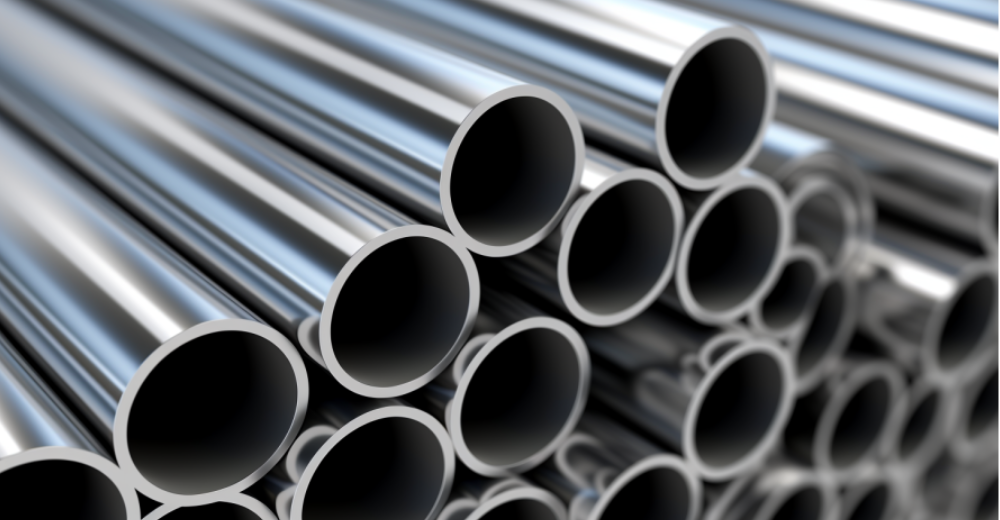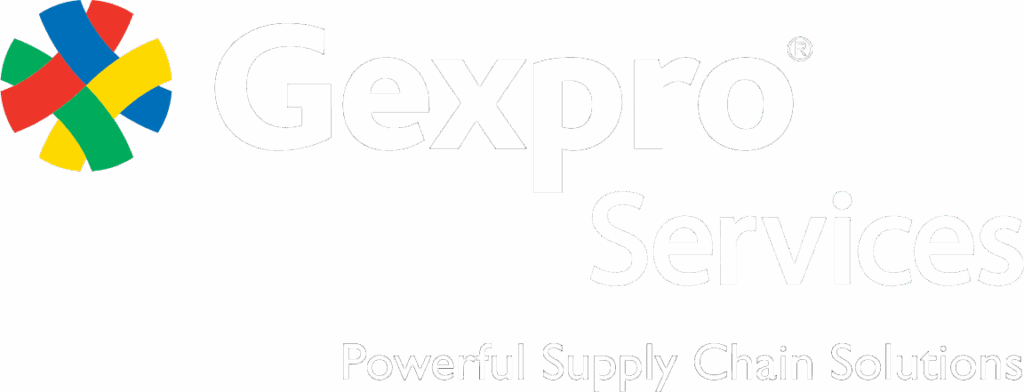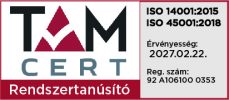For Original Equipment Manufacturers (OEMs), balancing cost reduction with product quality is a constant priority. One proven method to achieve this balance is value engineering—a strategic approach to improving product design, lowering expenses, and enhancing functionality. A key aspect of value engineering is differentiating between direct material costs and associated costs to uncover opportunities for cost control and operational efficiency.
What Are Direct Material Costs?
Direct material costs are the expenses of raw materials directly tied to the production of a specific product. These costs represent the tangible components of an OEM product:
- In Automotive manufacturing, examples include steel, aluminum, and electrical systems.
- In Consumer Electronics, direct materials often comprise plastics, semiconductors, and display screens.
- In the Aerospace sector, they include materials like titanium or avionics systems.
Market fluctuations can heavily influence these material costs, often placing significant financial pressure on OEMs.
What Are Associated Costs?
Associated costs, on the other hand, are the indirect expenses involved in production that are not tied to a single component. These costs encompass:
- Labor
- Facility maintenance
- Utilities
- Transportation and logistics
- Packaging
- Compliance and certifications
- Warehousing
While associated costs are linked to overall production processes rather than individual products, they can represent up to 80% of total manufacturing expenses, making them a critical focus for cost optimization.
How Value Engineering Supports OEMs
Value engineering helps OEMs by breaking down costs by function, providing a clear view of where money is being spent and where improvements can be made. Specifically, it enables companies to:
- Identify Cost-Effective Materials:
- Replace expensive components with suitable alternatives that maintain quality.
- Standardize Components:
- Simplify procurement and reduce inventory-related expenses by introducing standardized parts.
- Enhance Production Processes:
- Reduce unnecessary costs by implementing automation, streamlining workflows, and minimizing labor-intensive tasks.
- Optimize Supply Chain Management:
- Leverage volume discounts and better terms through supplier negotiations.
- Improve Warehousing and Logistics:
- Develop efficient storage and transportation strategies to lower operational costs.
By offering a holistic evaluation of production expenses, value engineering empowers OEMs to reduce both direct and associated costs. It enables manufacturers to streamline processes, replace complex designs with simplified alternatives, and maintain—or even improve—product quality and performance.
Partner with Gexpro Services for Value Engineering Solutions
At Gexpro Services, our expert team specializes in identifying cost-saving opportunities tailored to your production challenges and product requirements. Whether it’s simplifying your supply chain, enhancing manufacturing efficiencies, or finding alternative materials, we’re here to support your success.
Reach out to our team today to explore how value engineering can simplify your operations, reduce costs, and drive performance.







